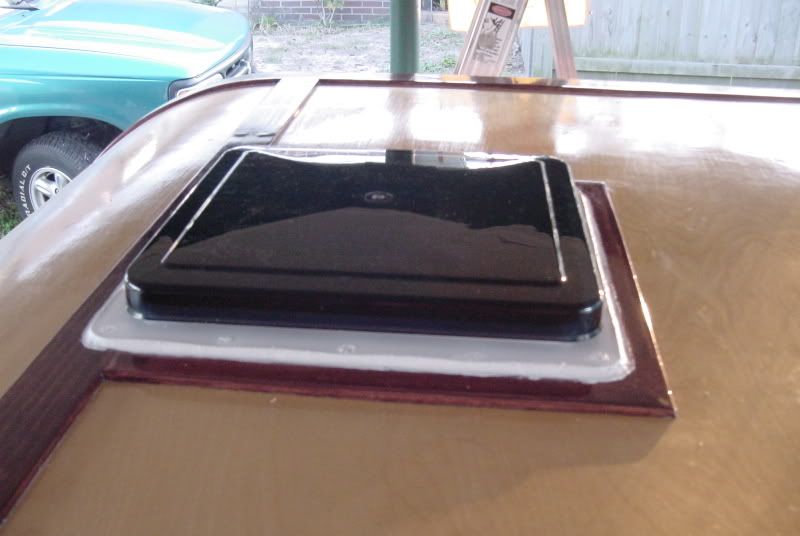Doc,
Aluminum channel isn't a bad idea, especially with a stiffener in it.
I think If I was going to go to all the trouble though, I'd use steel.
Much less likely to bend/sag when someone gets on the roof.
Not that much more weight for the size, but a lot more strength.
I don't know if your trailer is already built, but a good builders trick is to hand pick the roof support lumber.
Most every one does, searching for perfectly straight pieces.
Normally this is a good thing, but for the roof supports, it is better to choose pieces that are bowed up to an inch in the middle of the span.
As you build the trailer, the bow is placed "up".
Over time, the bow will relax a little, and maintain a slight crown, or worst case, will end up flat.
If you start with perfectly straight, over time it will bow the other way...

I use Oak, stood on edge for roof supports.
While some (factory) builders used supports turned flat, it was, and still is a very bad idea.
There is almost no strength to the wood when laid flat, and it will without a doubt cause the roof to sag.
The size depends on the span, but for my 7 foot wide trailer, 3/4" x 2" pieces ripped from very straight grain stock, with
no knots supports my 190 pounds while on the roof, which is no more than two 1/8" sheets of plywood.
I have "trim" on my roof also, but have cut small "channels" near the ends to allow water to escape.
On the 1948 travel trailer I did a few years ago, the roof was very flat, for about 10 feet.
It held water, even with upward bowed roof supports.
Nothing much could be done to make the flat roof anything but what it was.
So, the next obvious answer was to make sure that there was
nothing that could leak.
I sealed everything well, and despite having standing water each time it rained or we had a heavy dew, there were no leaks.
Rob






 Welcome threadkiller! Flat roof doesn't have to be completely flat and the flat part for the vent doesn't have to be on a level plane.
Welcome threadkiller! Flat roof doesn't have to be completely flat and the flat part for the vent doesn't have to be on a level plane.  Confused yet.
Confused yet.
